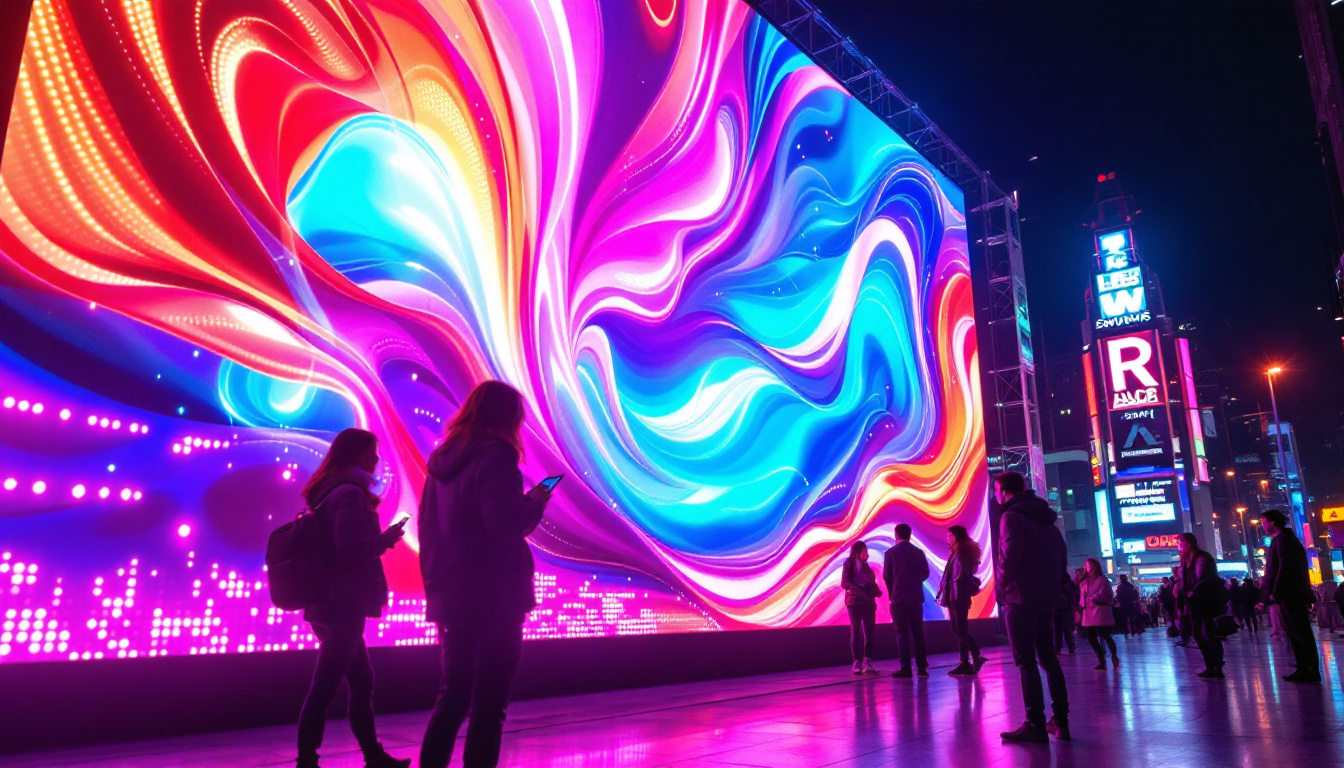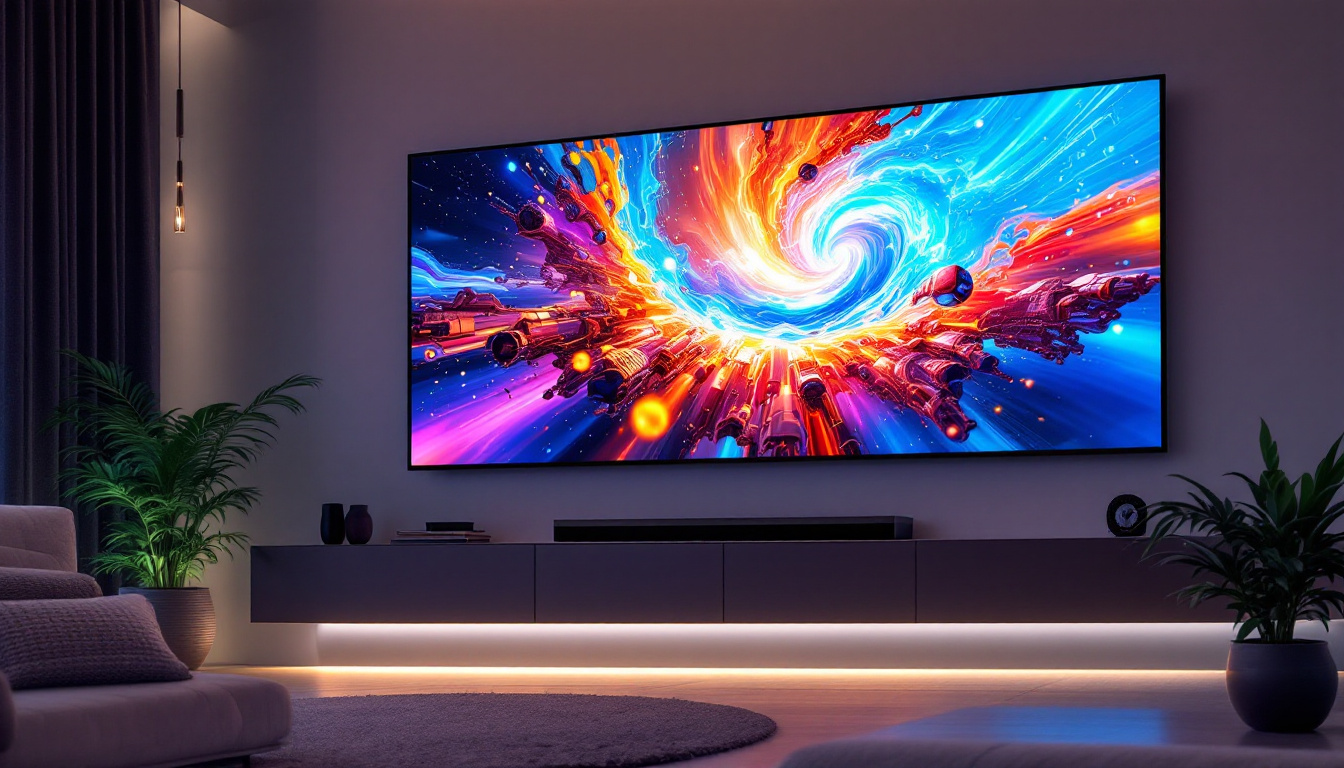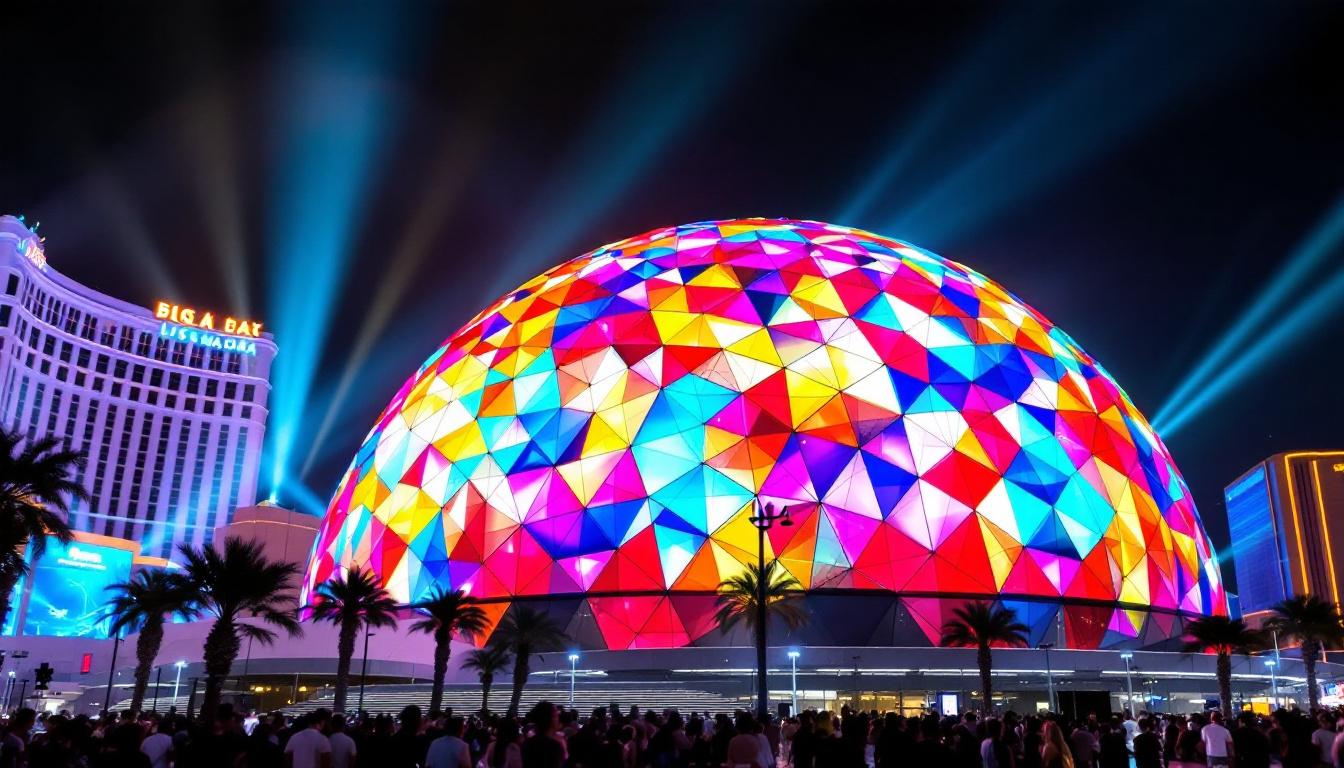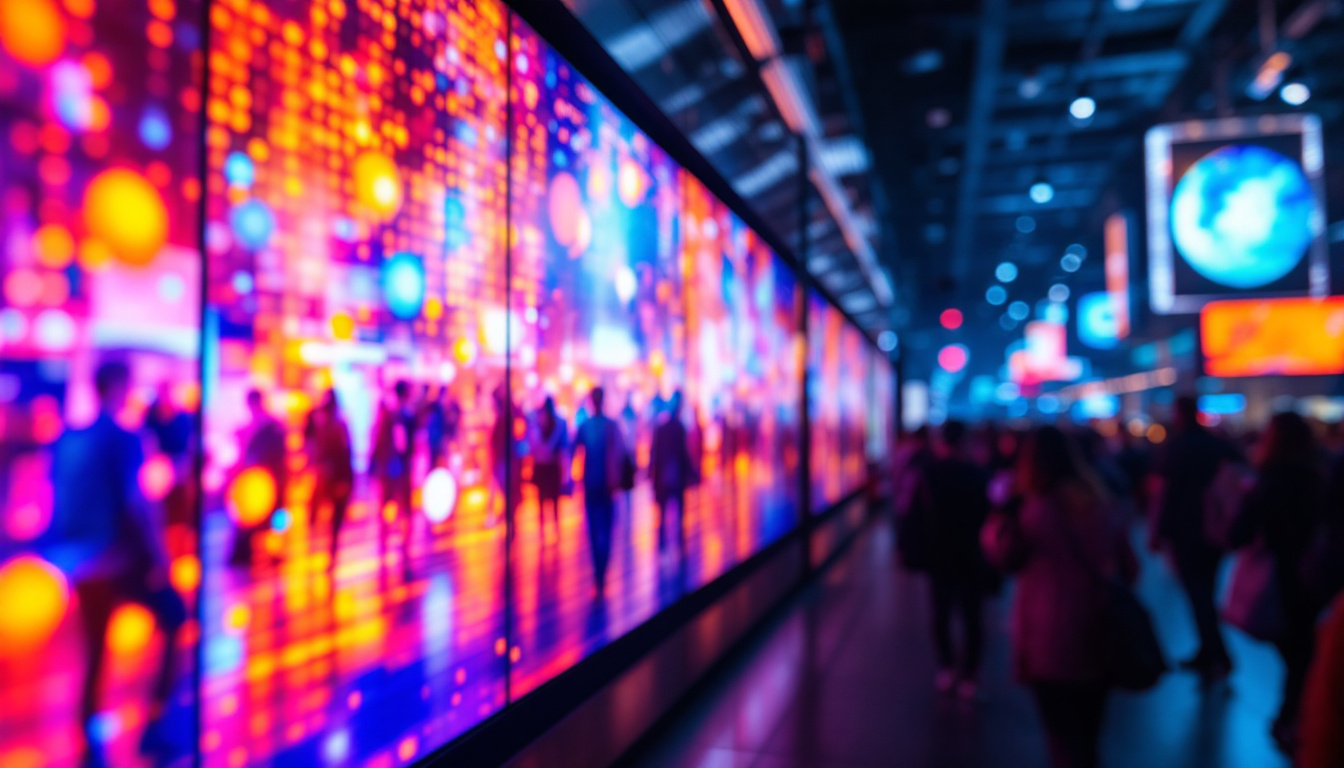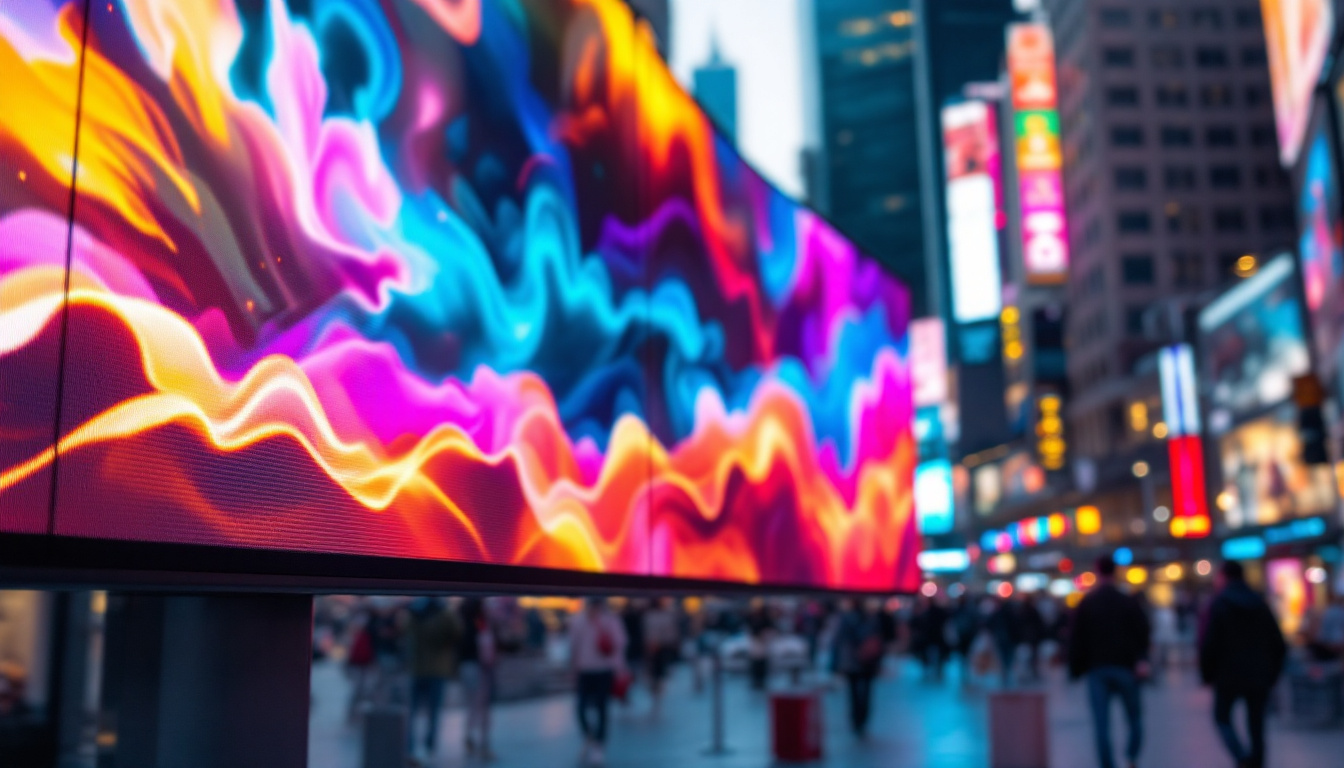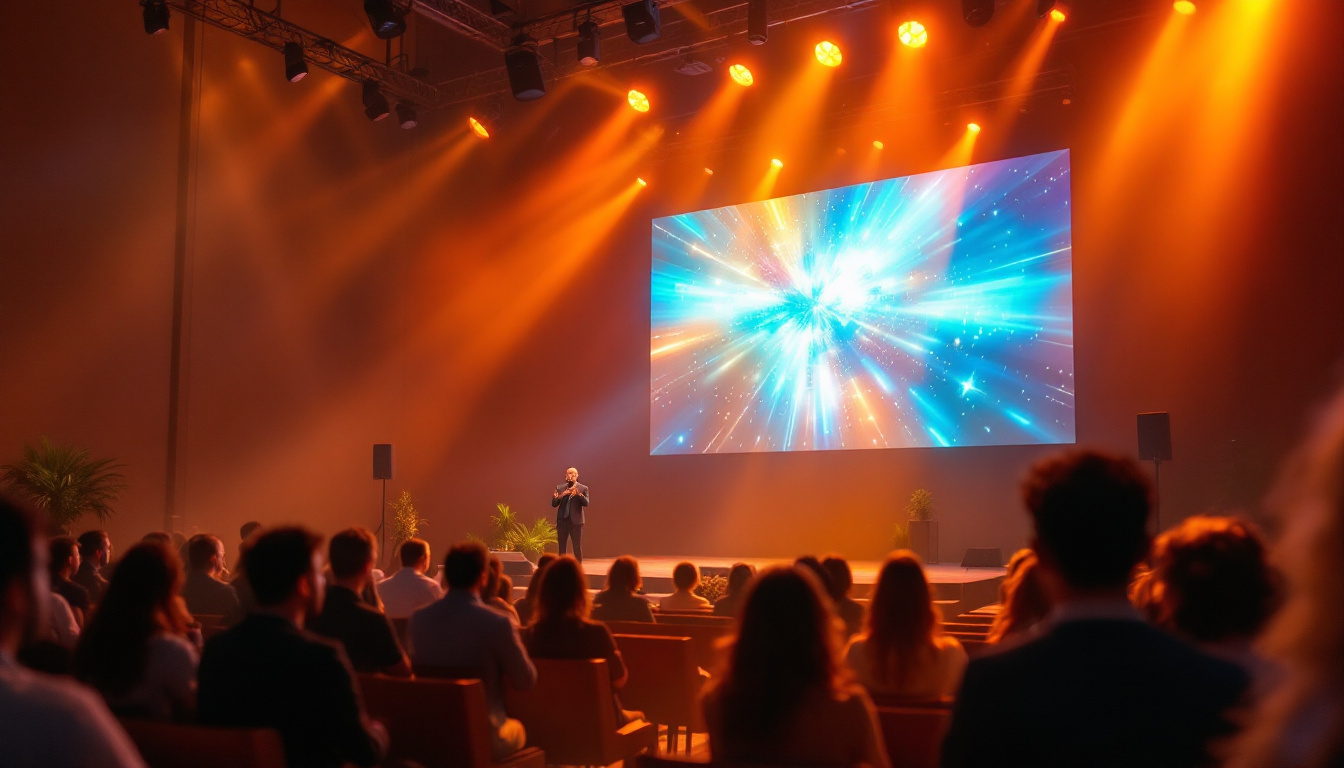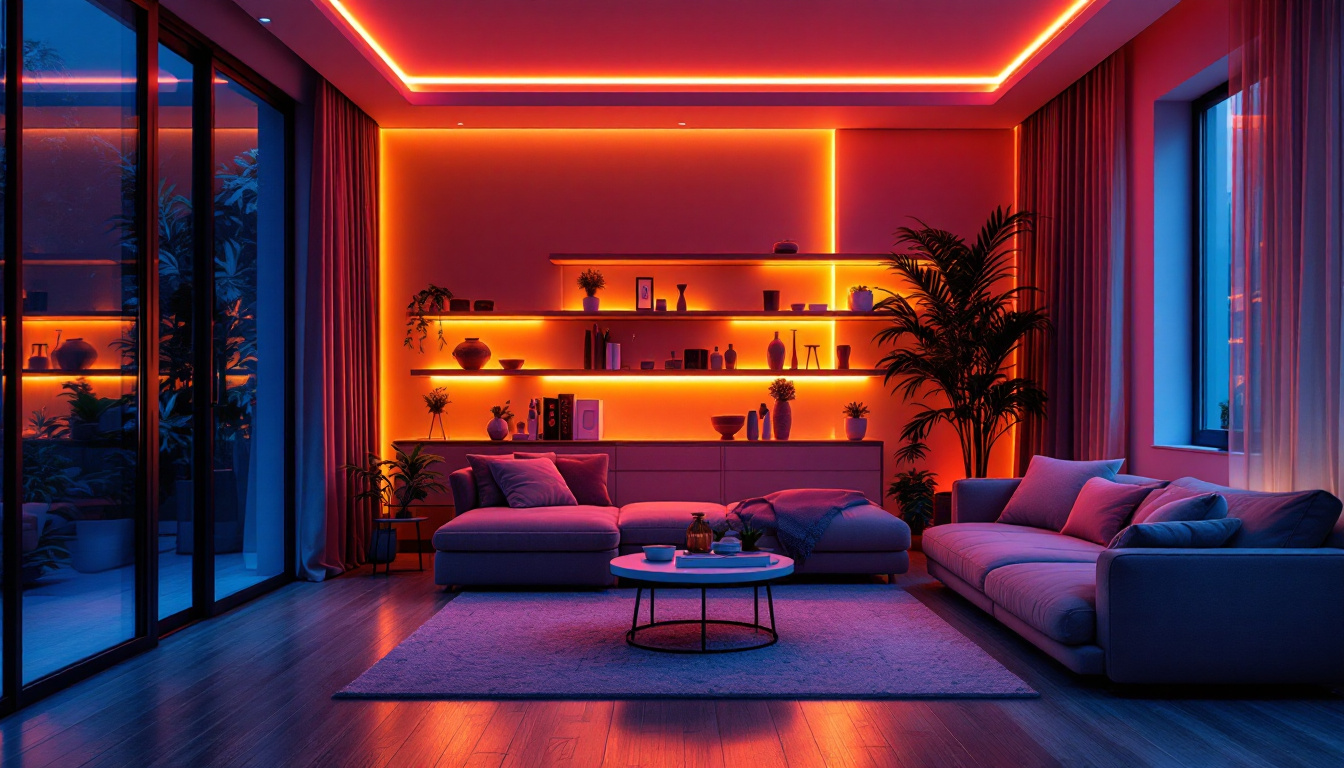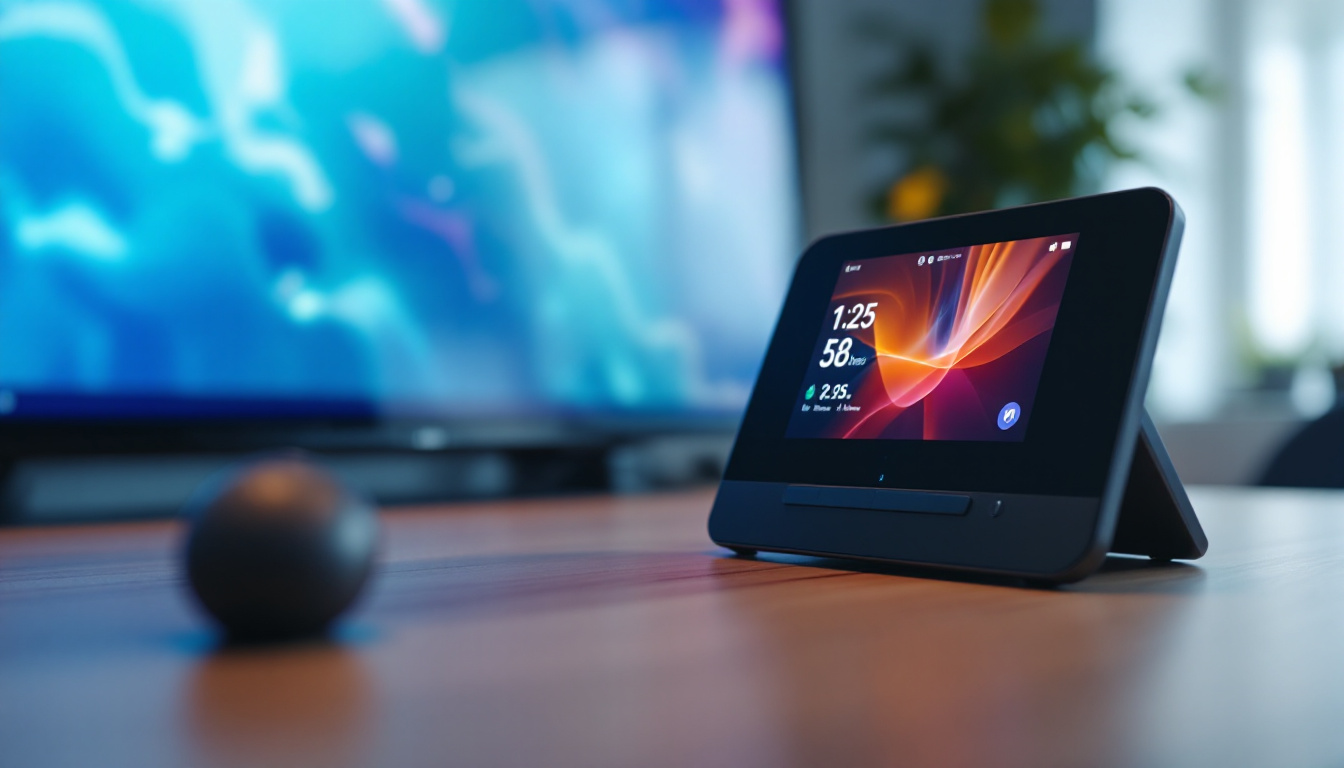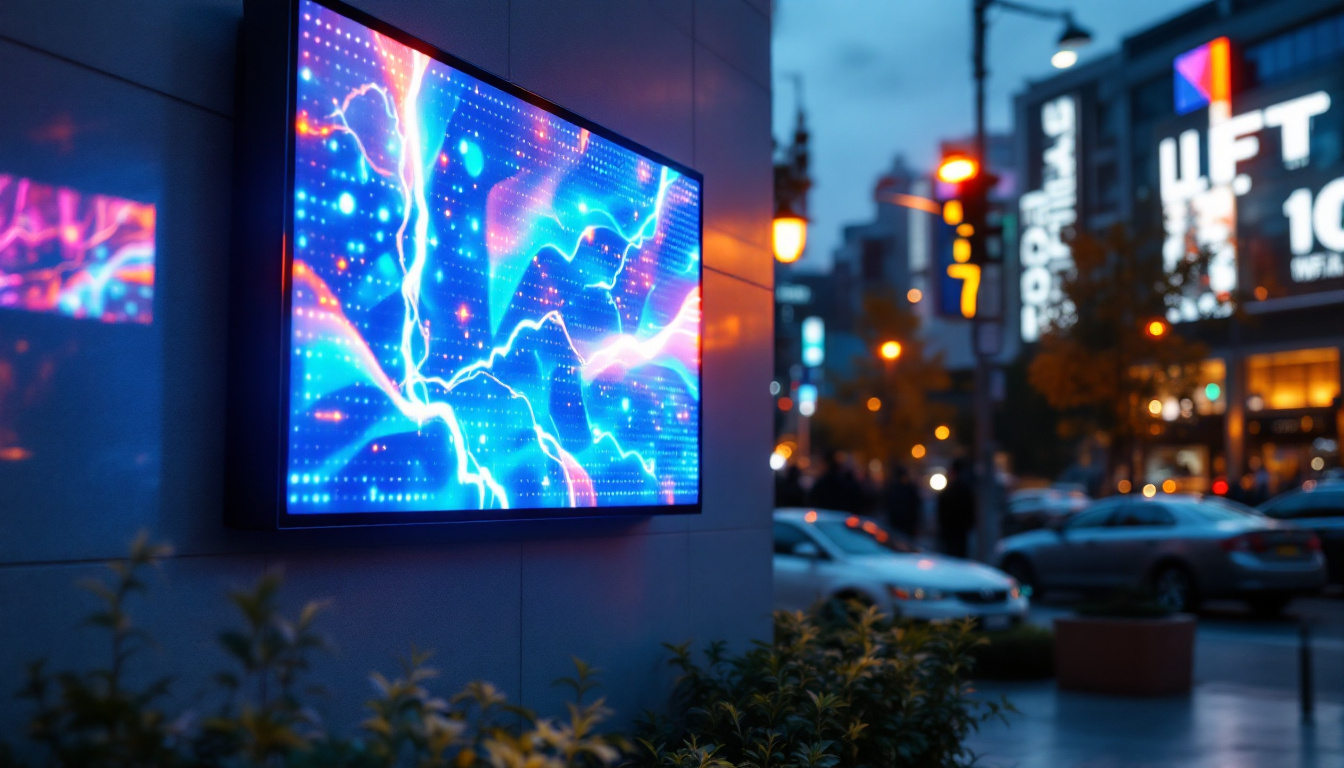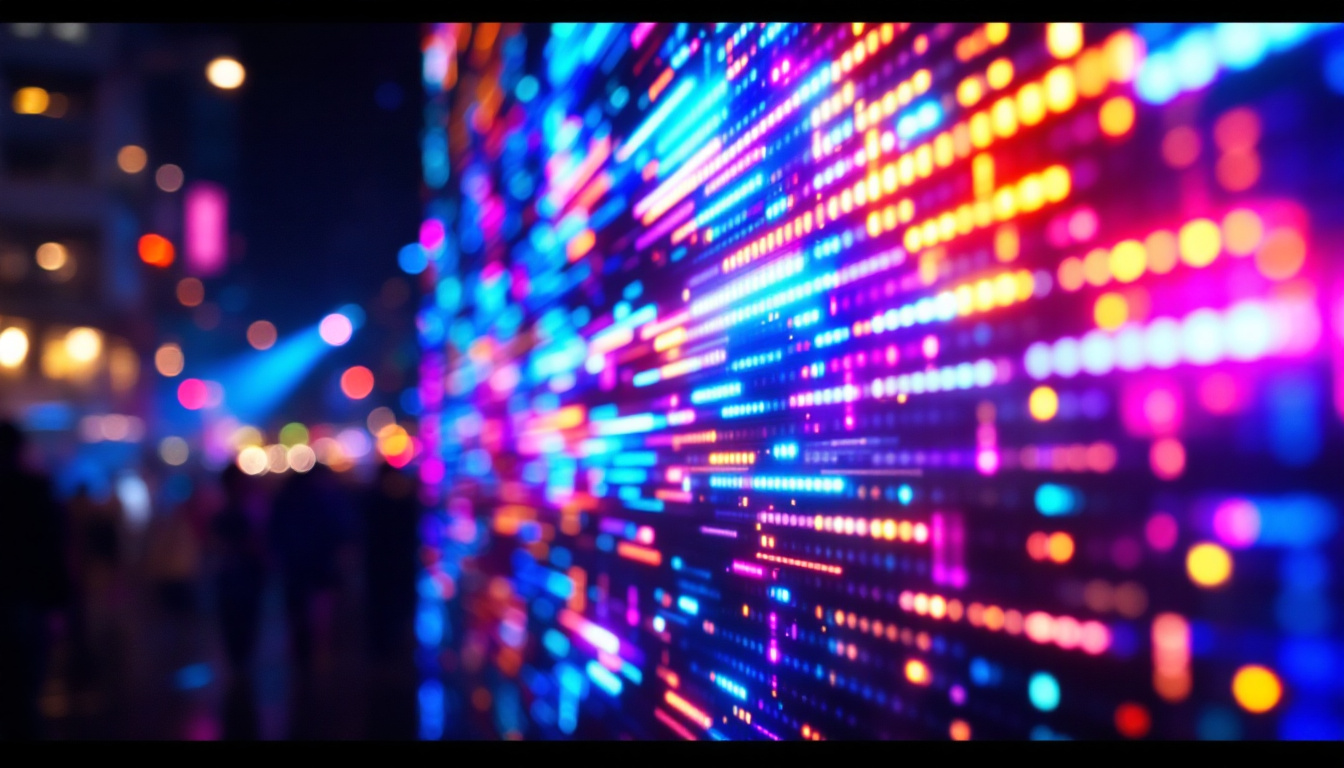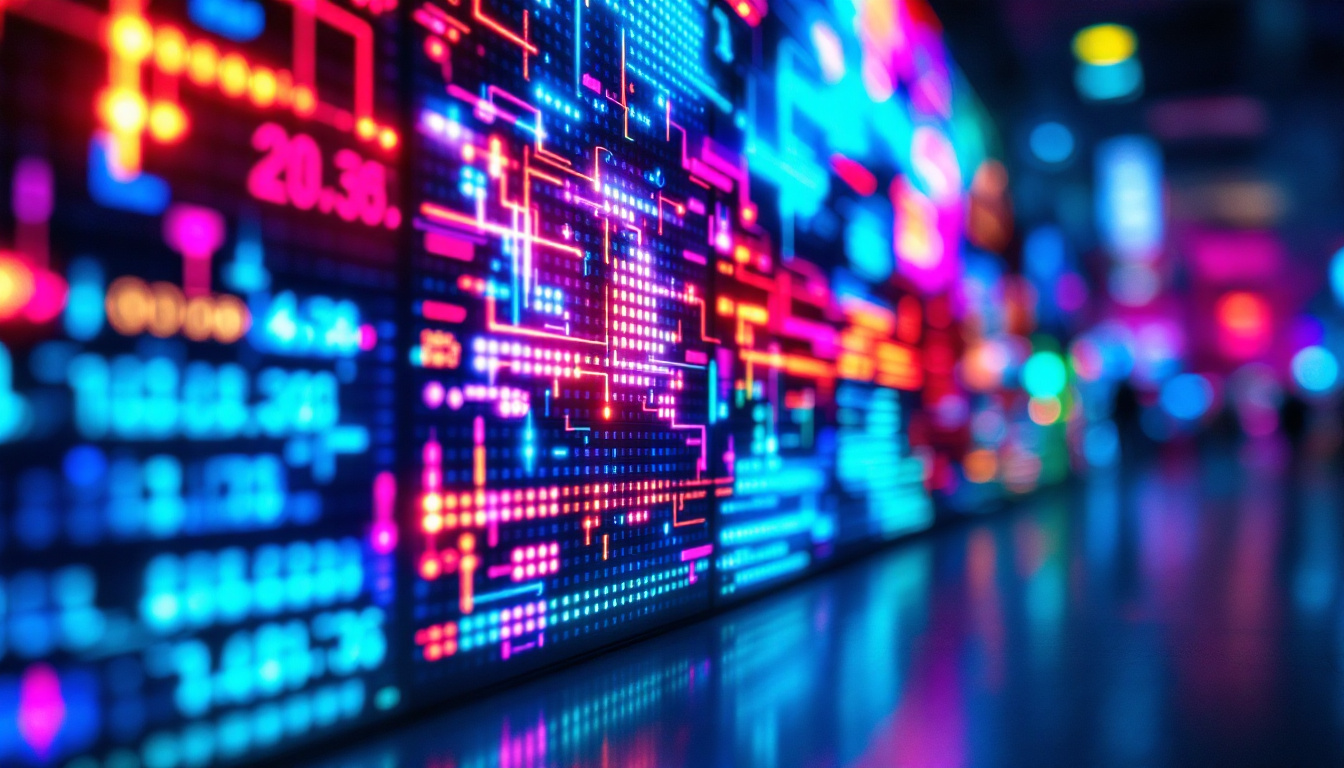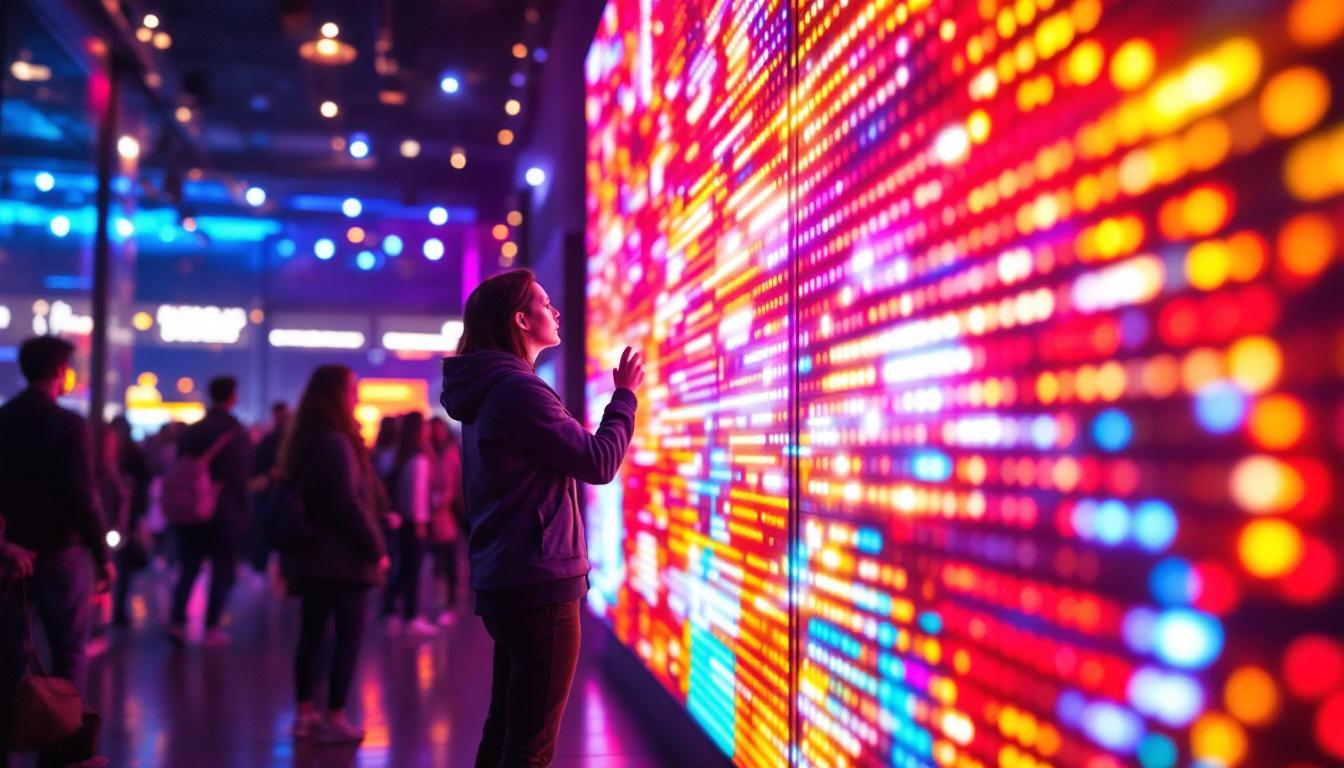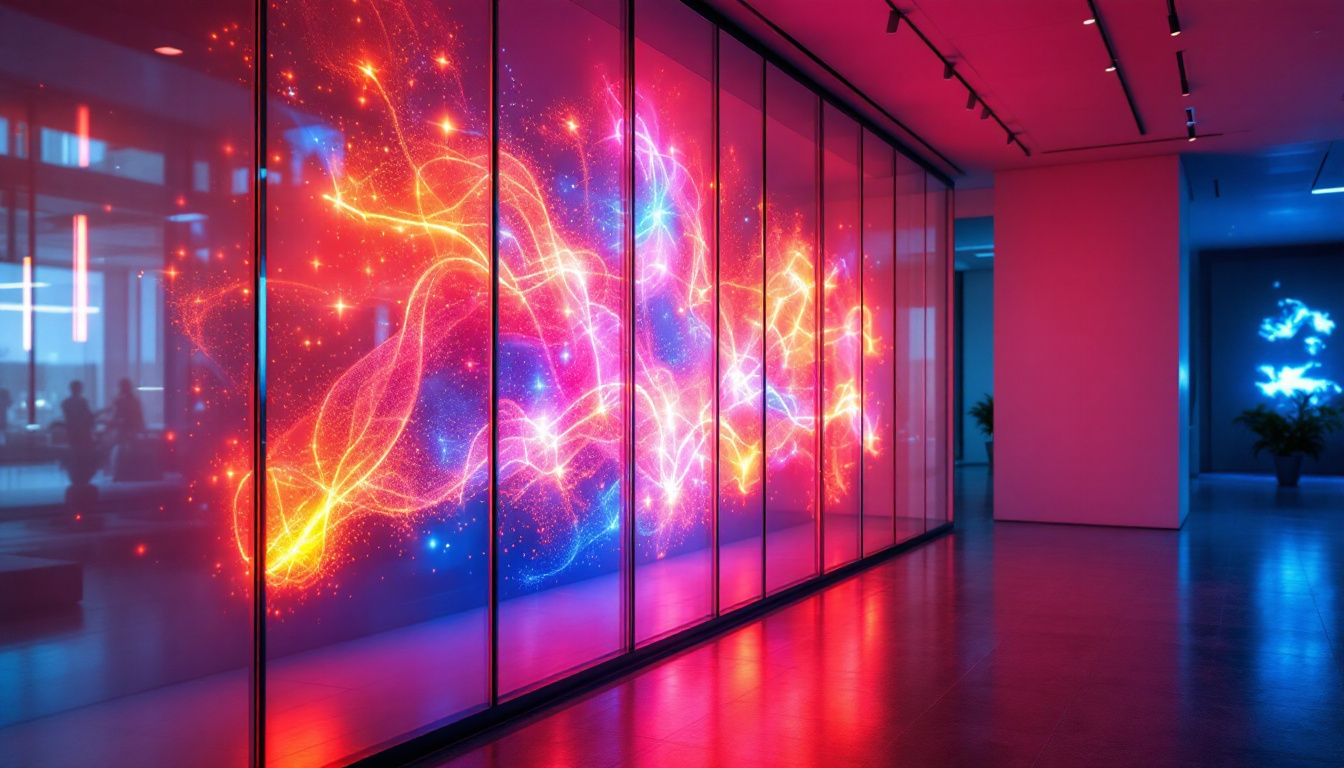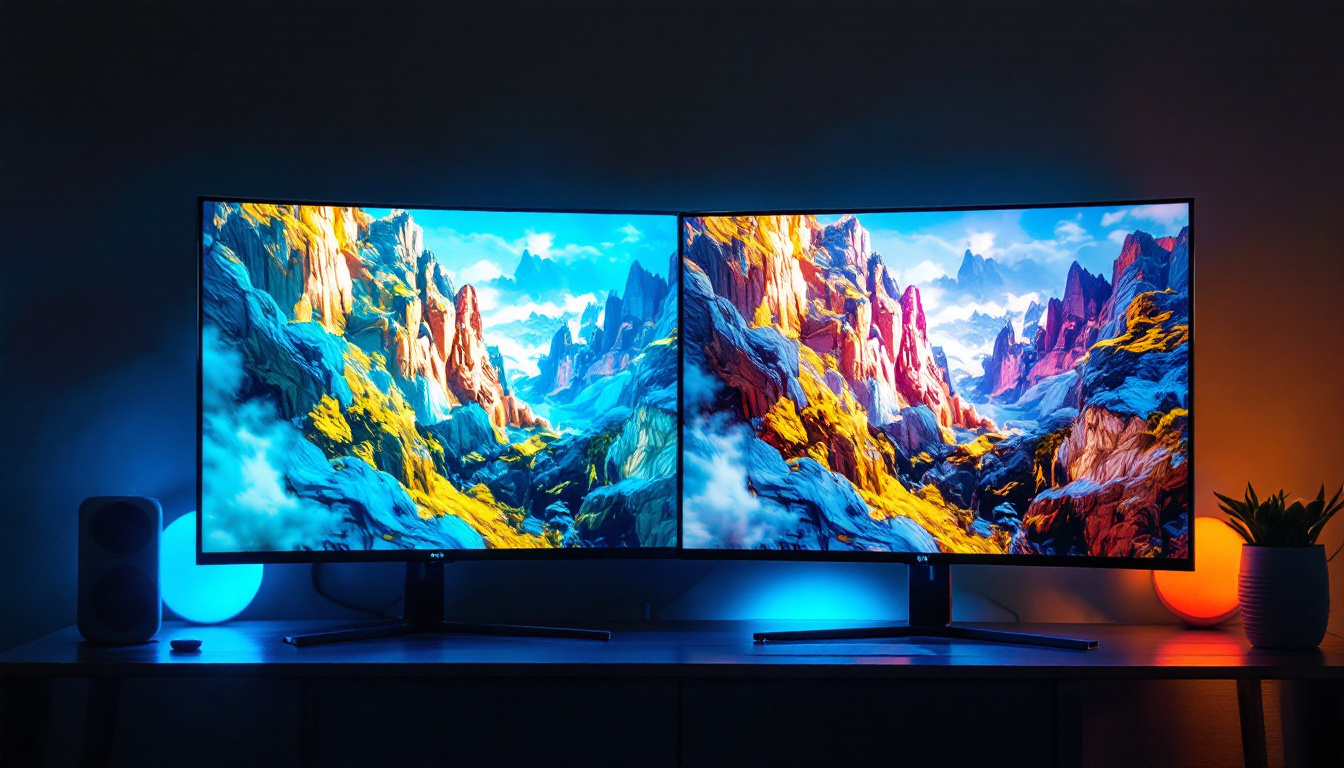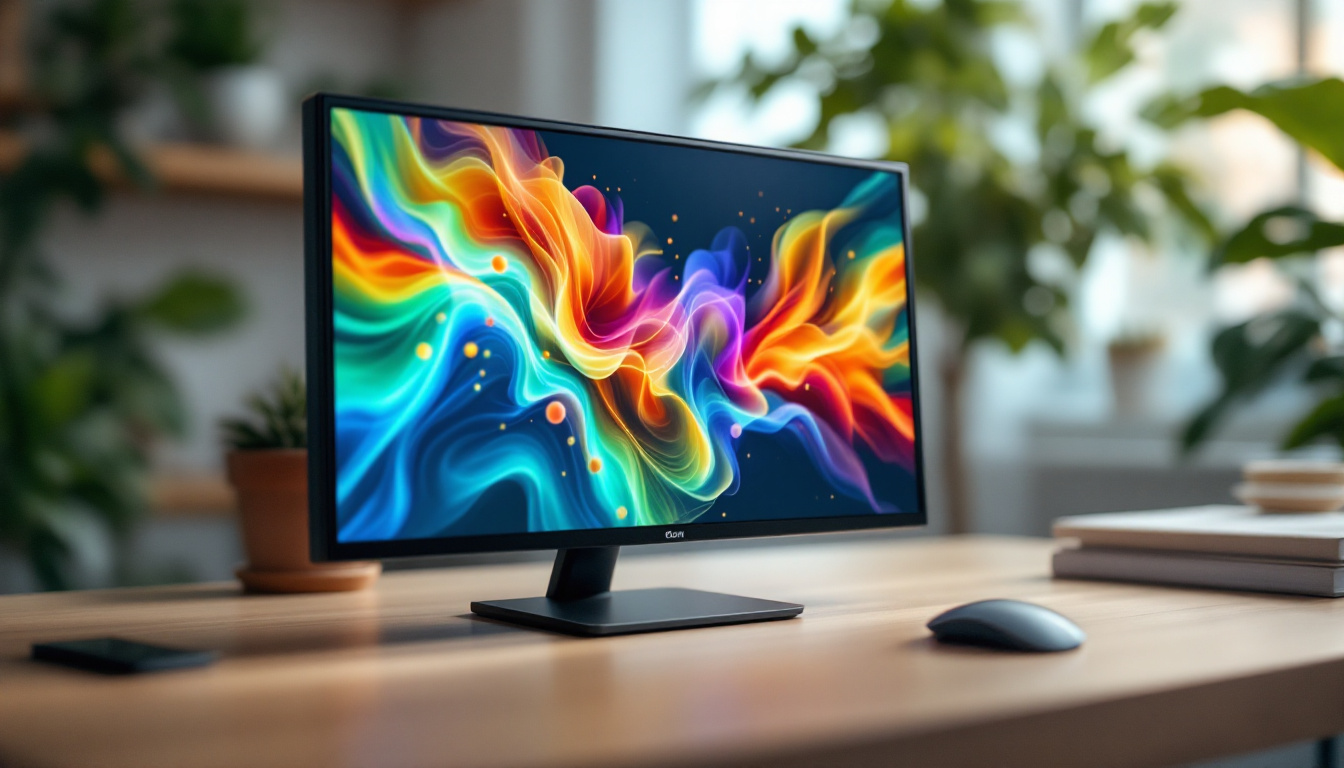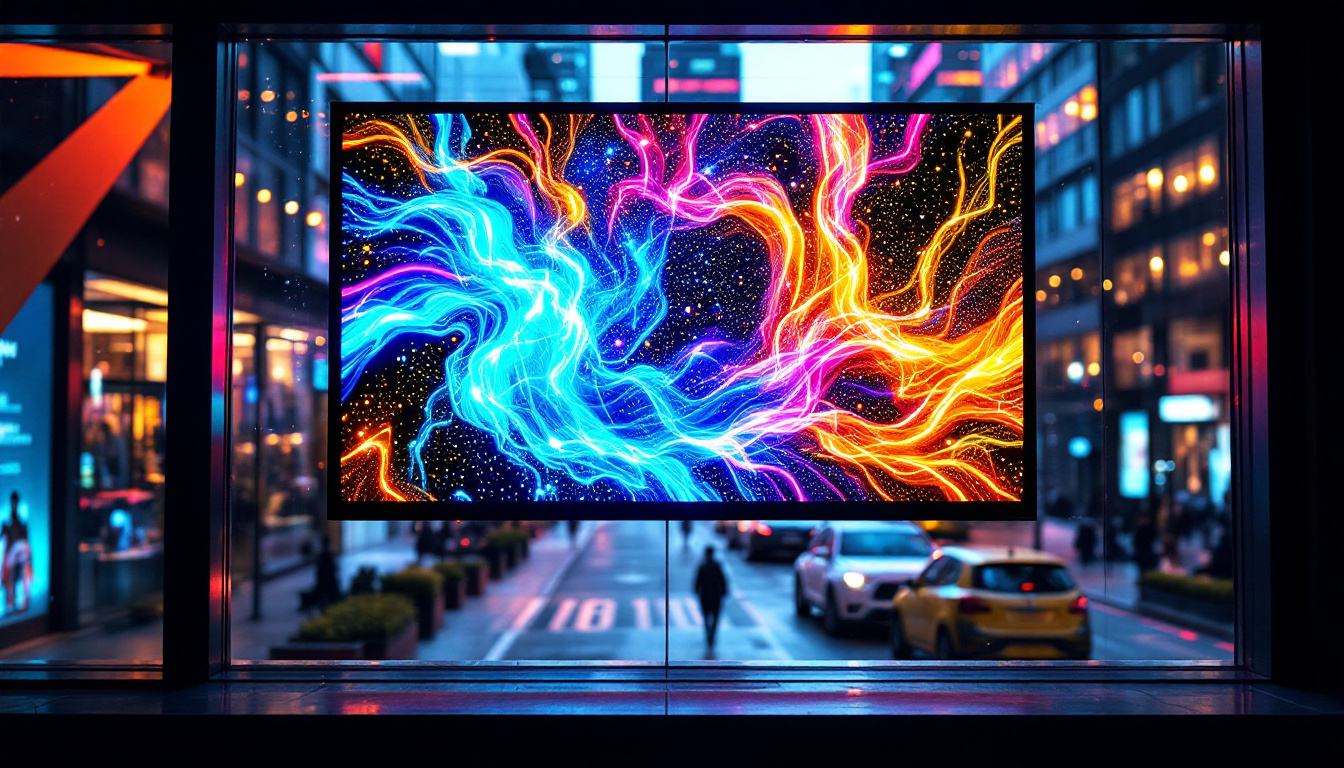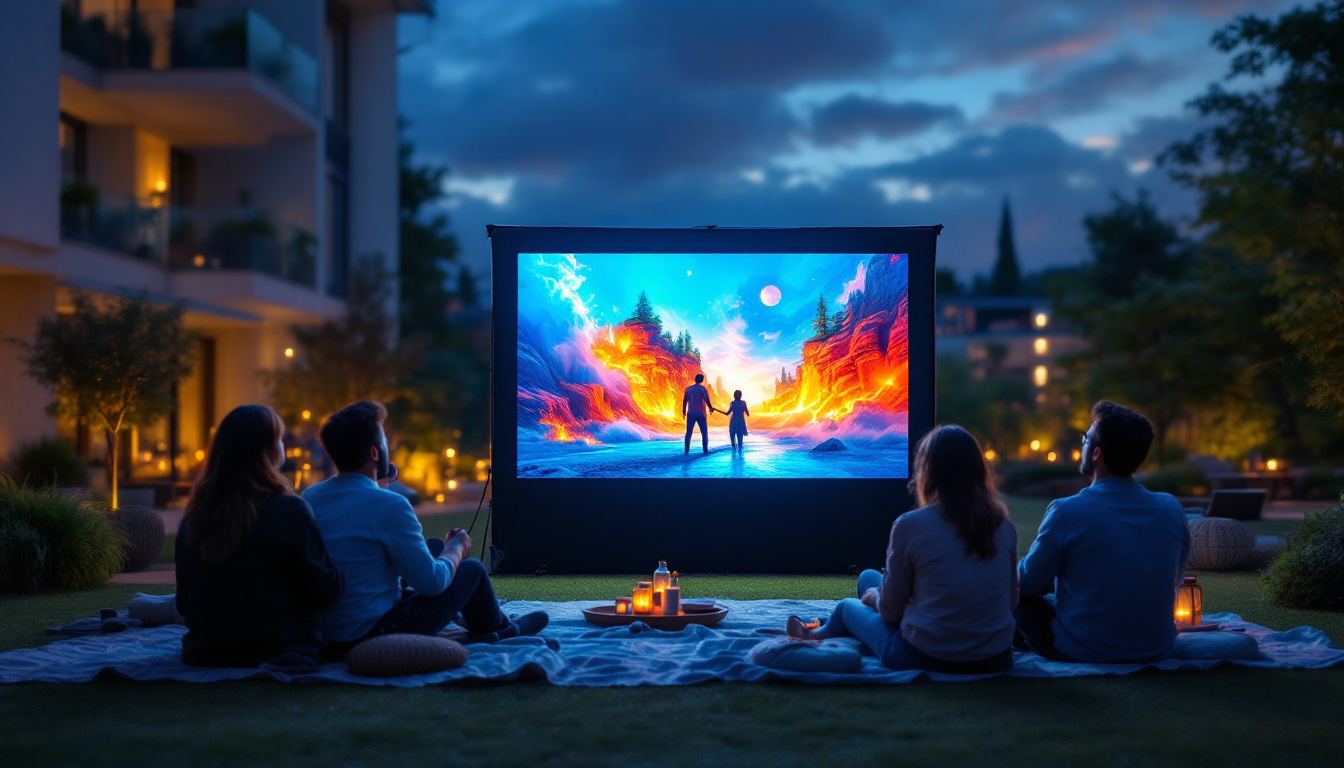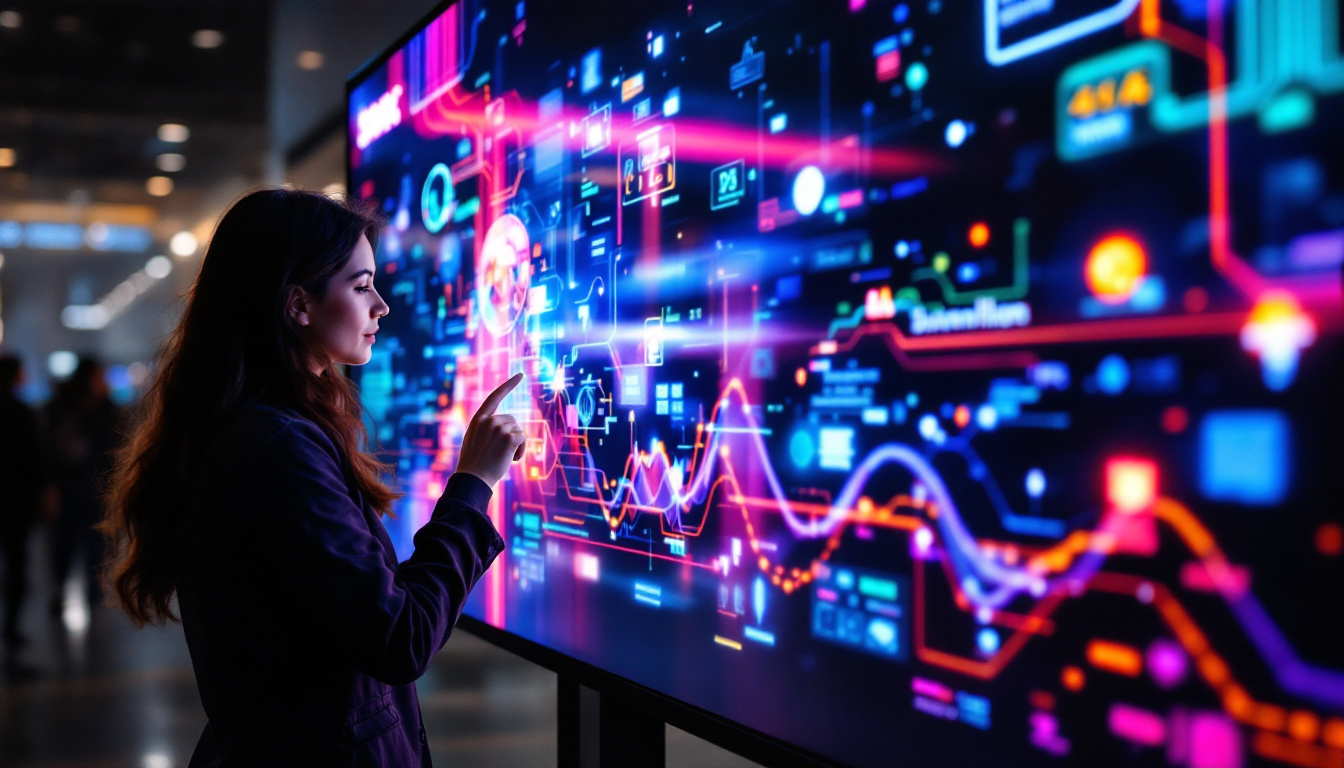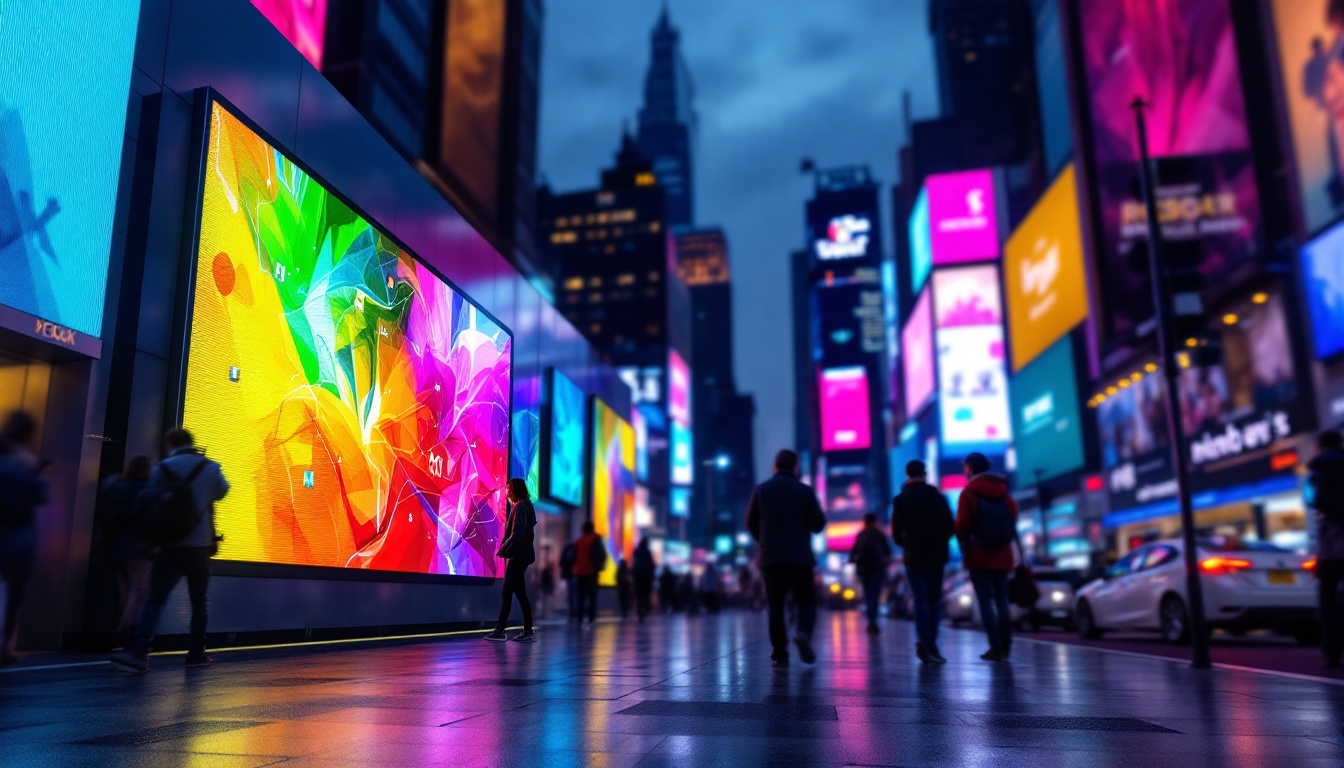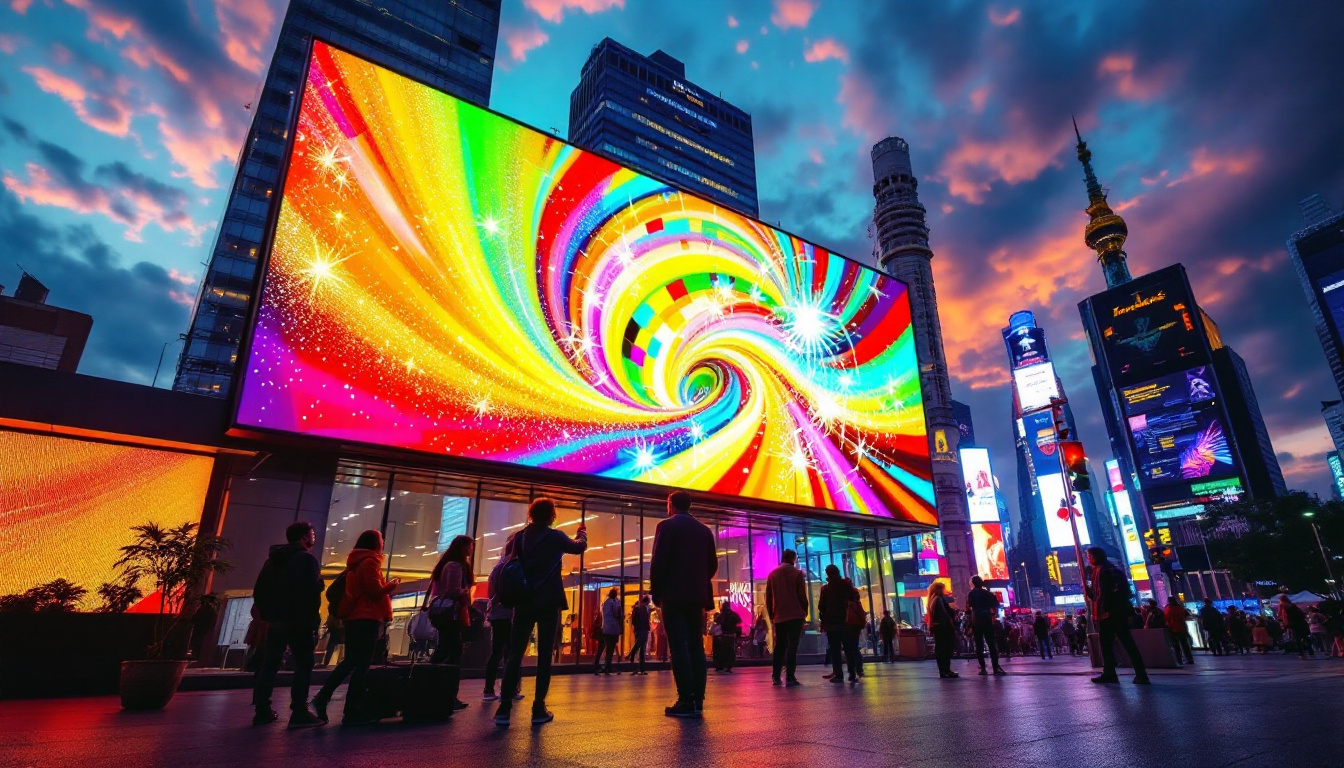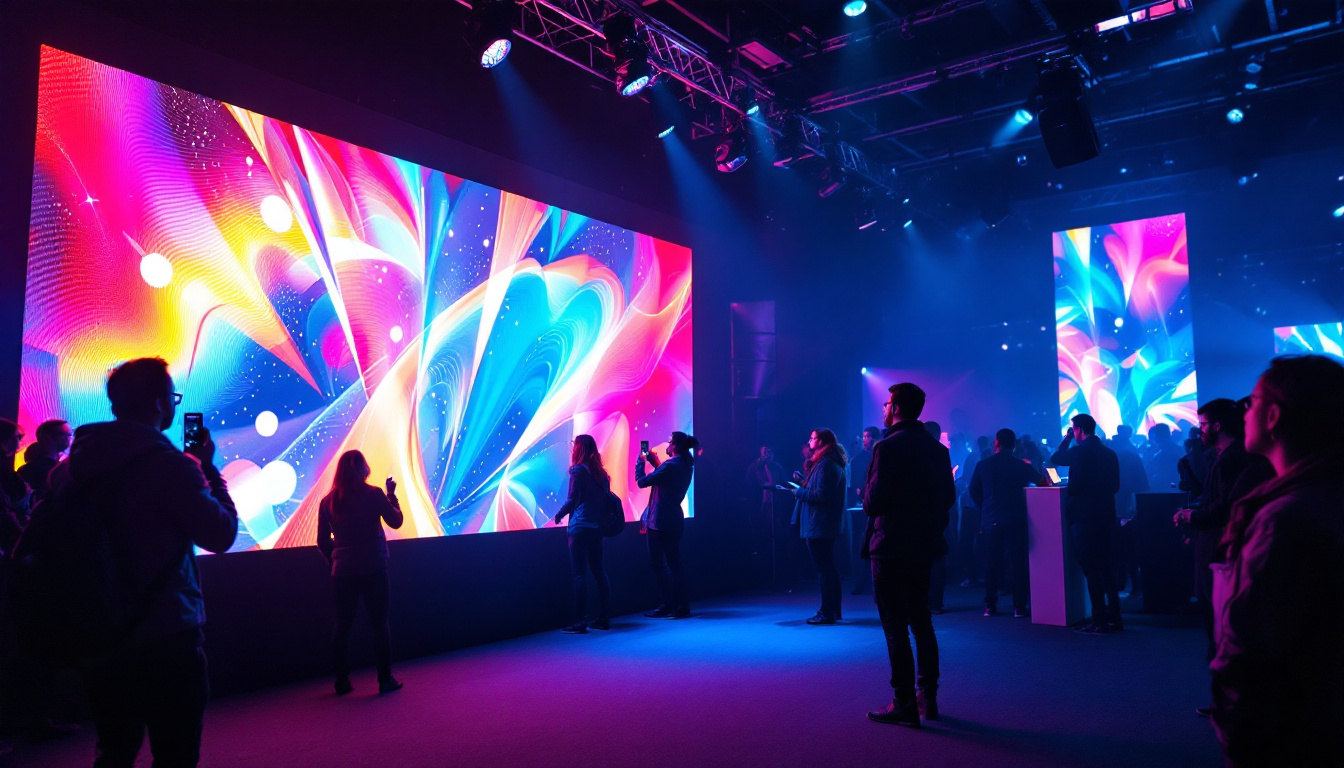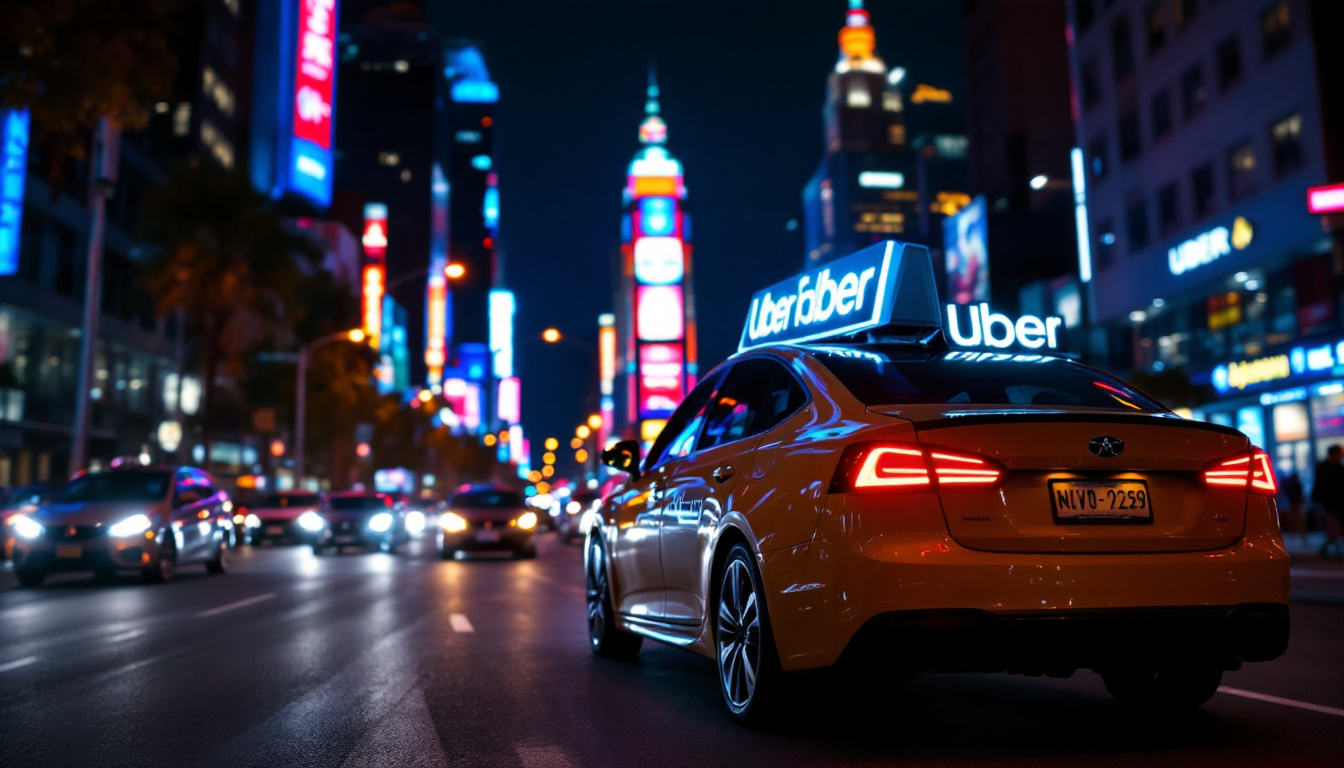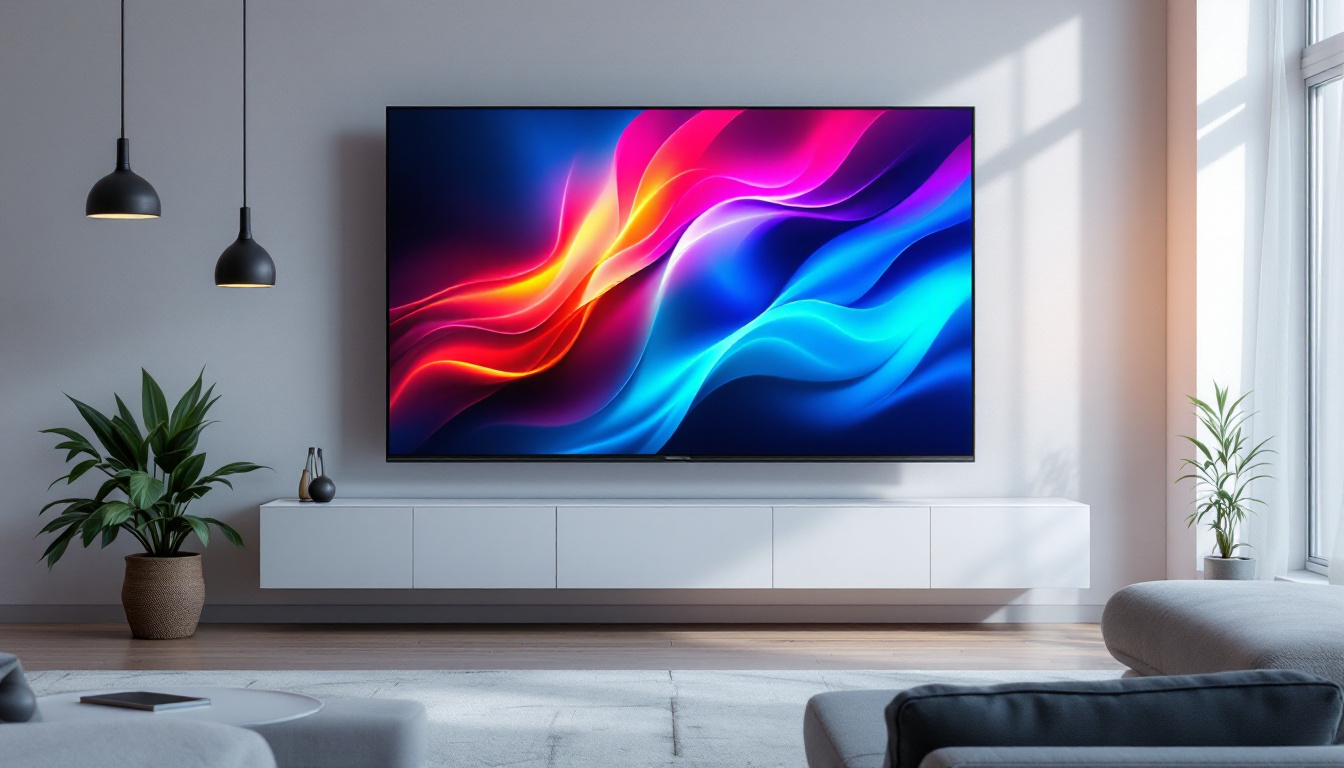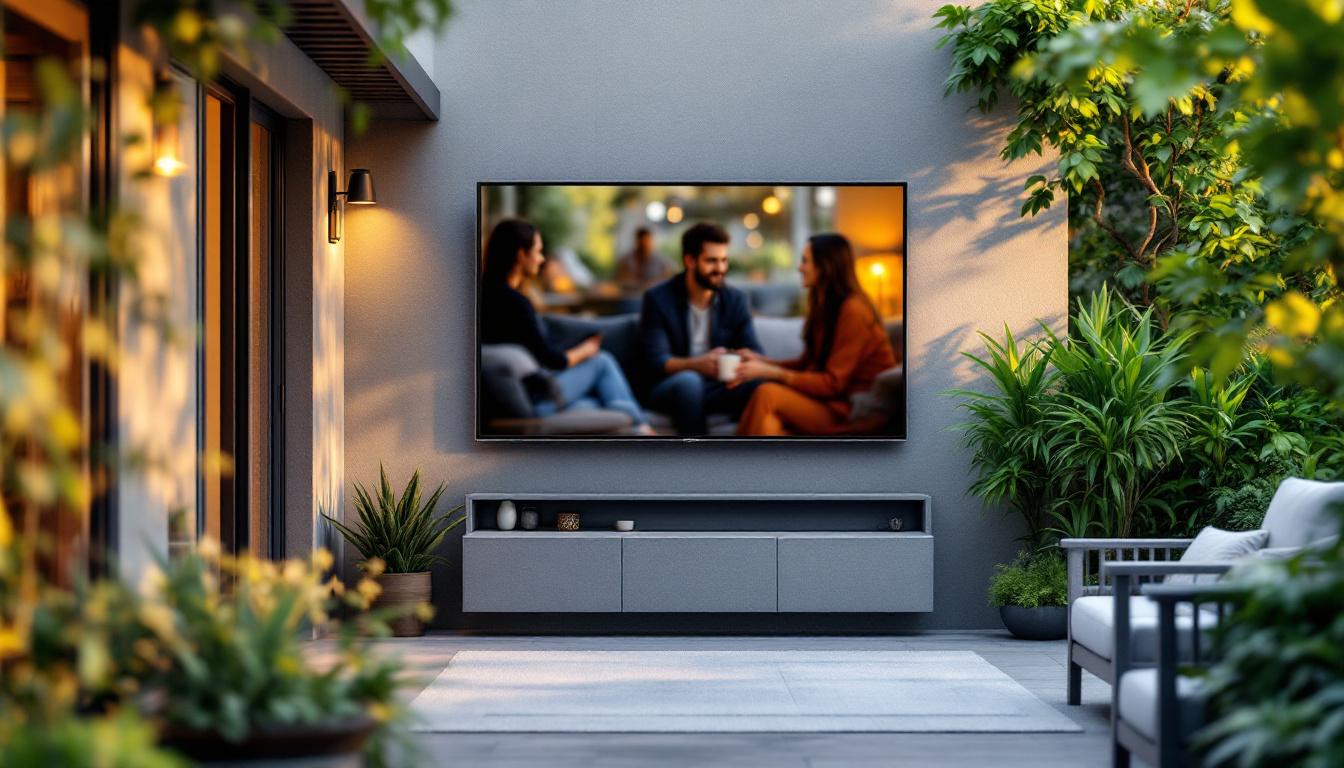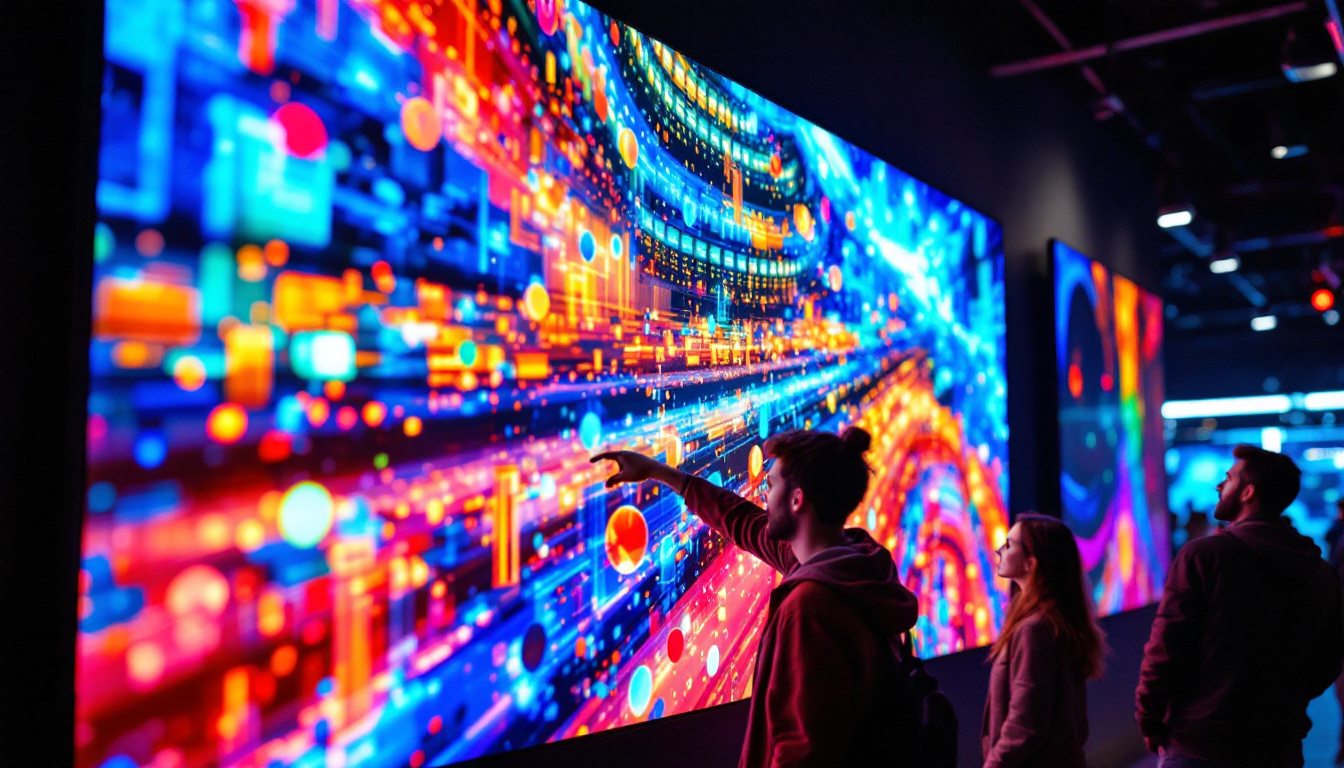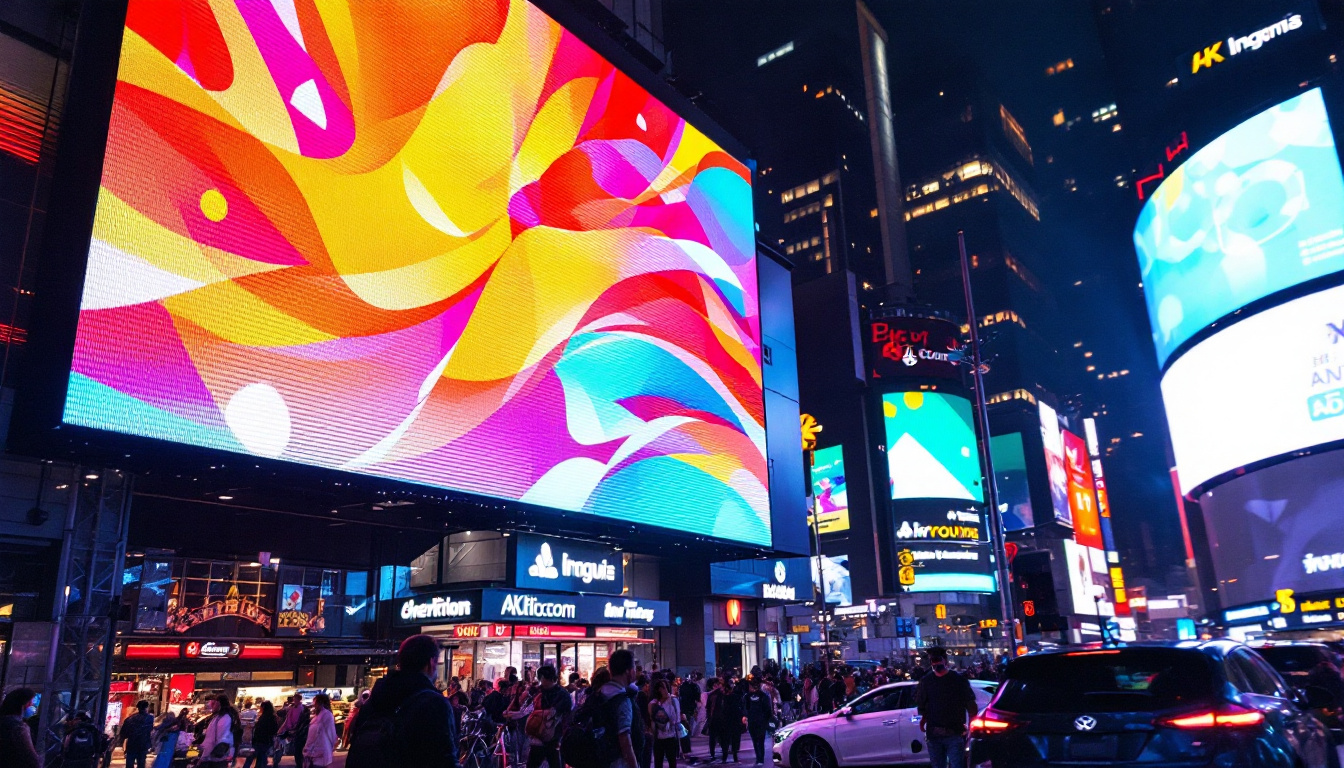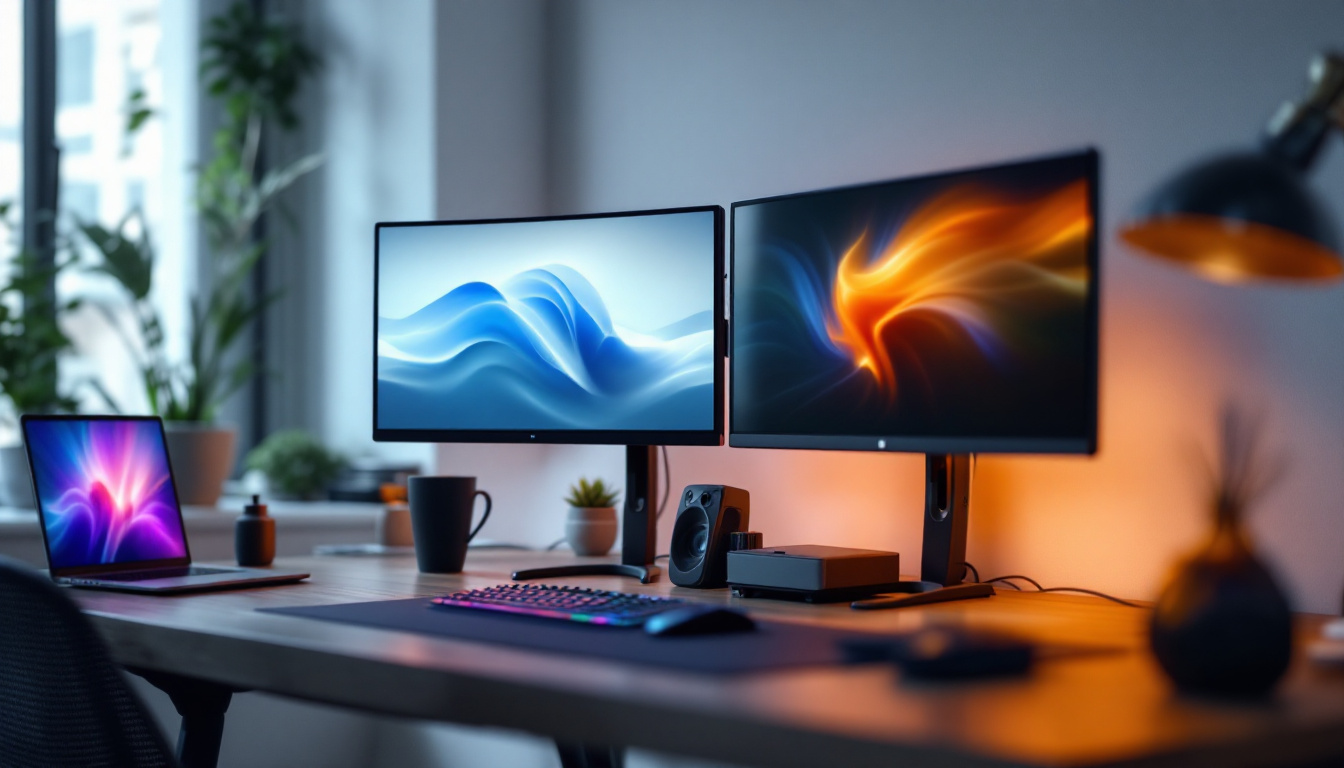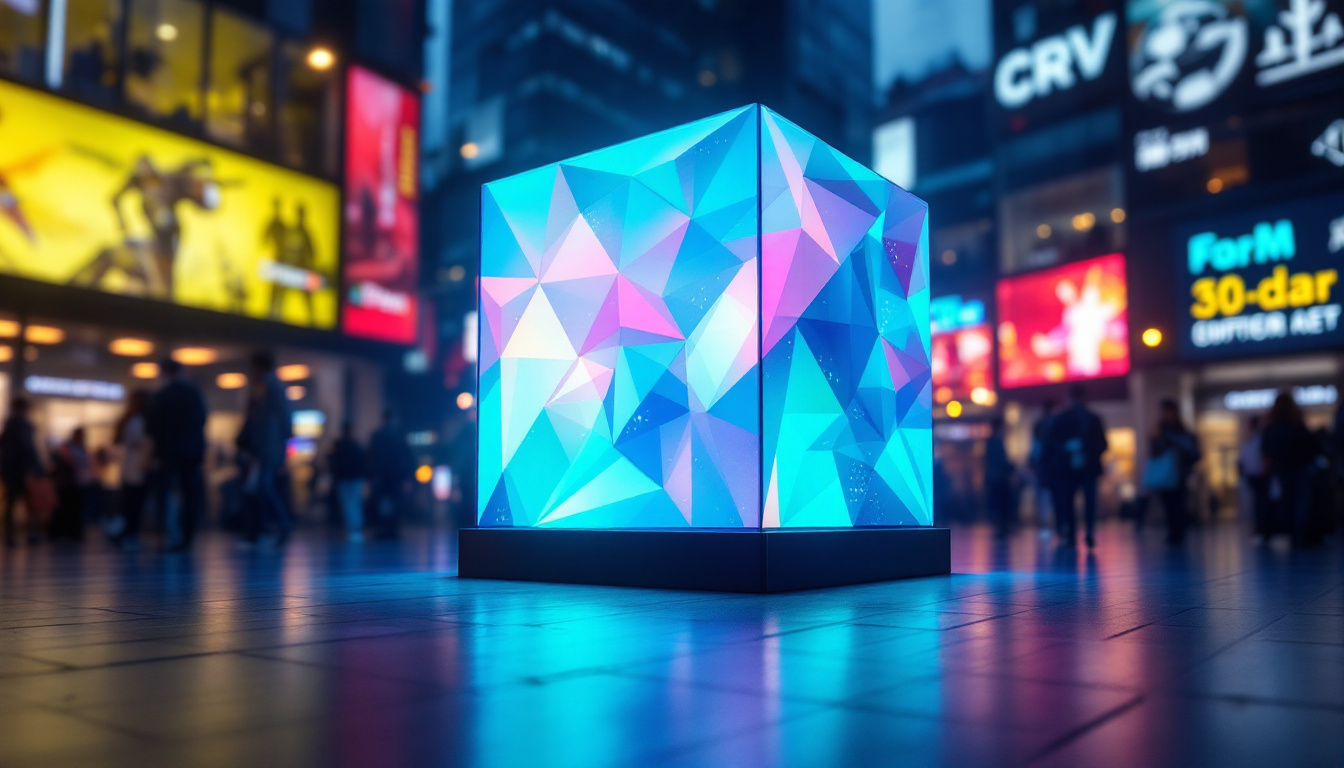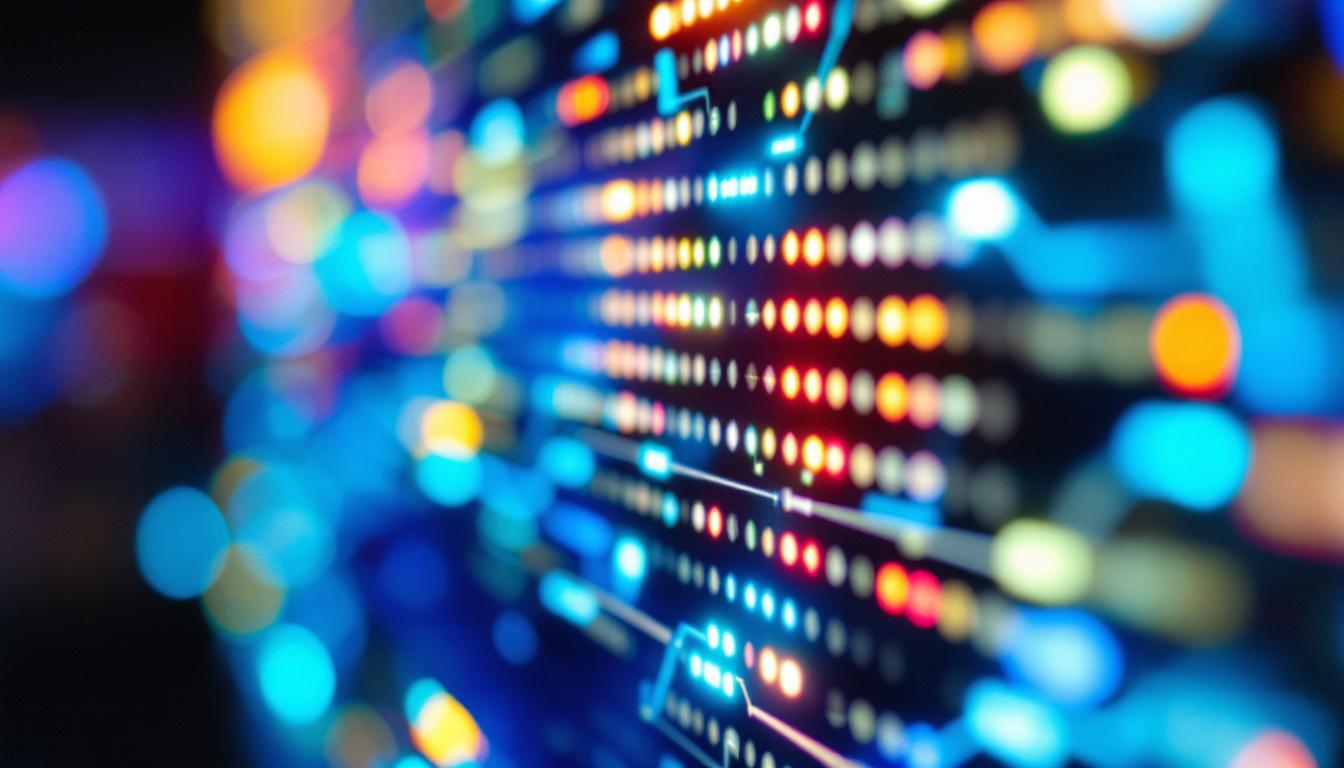LED displays have revolutionized the way we communicate visually, offering vibrant colors, high brightness, and energy efficiency. In recent years, companies like Ledcloud have pushed the boundaries of LED technology, creating innovative solutions for various industries. This article will delve into the intricacies of LED displays, exploring their components, applications, and the future of this dynamic technology.
Understanding LED Technology
Light Emitting Diodes (LEDs) are semiconductor devices that emit light when an electric current passes through them. This fundamental principle underpins the functionality of LED displays. Unlike traditional display technologies, such as LCD or CRT, LED displays utilize a matrix of tiny LED lights to create images and videos, resulting in superior brightness and color accuracy. The efficiency of LEDs also contributes to their longevity, as they can last tens of thousands of hours, significantly reducing the need for frequent replacements and maintenance.
Moreover, LEDs consume less power compared to their predecessors, making them an environmentally friendly option. This energy efficiency not only lowers operational costs but also aligns with global efforts to reduce carbon footprints. As a result, LED technology has become increasingly popular in various sectors, from consumer electronics to large-scale advertising displays, demonstrating its versatility and adaptability in modern applications.
The Components of LED Displays
At the core of an LED display are several key components that work together to produce high-quality visuals. These include:
- LED Modules: These are the building blocks of LED displays, consisting of clusters of LEDs arranged in a grid pattern. Each module can be independently controlled to create a wide range of colors and images. The modular design allows for easy customization and scalability, enabling users to create displays of various sizes and resolutions.
- Control Systems: The control system manages the data input and output, ensuring that the correct images are displayed at the right time. This system can be programmed to change content dynamically, making LED displays ideal for advertising and information dissemination. Advanced control systems can even integrate with real-time data feeds, allowing for instant updates and interactive content.
- Power Supply: LED displays require a stable power source to function effectively. The power supply converts AC power to the DC power needed by the LEDs, ensuring consistent brightness and performance. Additionally, modern power supplies often include features like surge protection and power monitoring, enhancing the reliability and safety of the displays.
Understanding these components is crucial for anyone looking to implement or maintain LED display technology. Each part plays a vital role in delivering the high-quality visuals that audiences have come to expect. Furthermore, knowledge of these components can help in troubleshooting and optimizing the performance of LED displays, ensuring they operate at their best for various applications.
Types of LED Displays
LED displays come in various types, each designed for specific applications. The most common types include:
- Indoor LED Displays: These are designed for use in controlled environments, such as shopping malls, conference rooms, and theaters. They typically have a higher pixel density, allowing for detailed images viewed from close distances. Indoor displays often feature softer brightness levels to create a comfortable viewing experience without causing eye strain.
- Outdoor LED Displays: Built to withstand harsh weather conditions, outdoor LED displays are often used for billboards, sports arenas, and public events. They feature higher brightness levels and are designed to be visible even in direct sunlight. Many outdoor displays also incorporate protective coatings to guard against moisture and dust, ensuring durability and longevity.
- Transparent LED Displays: This innovative technology allows for the display of images while maintaining visibility through the screen. They are commonly used in retail environments and architectural applications. Transparent displays can create stunning visual effects, allowing brands to showcase products while still engaging customers with the surrounding environment.
Each type of LED display serves a unique purpose, catering to the diverse needs of different industries and applications. As technology continues to evolve, we can expect to see even more innovative types of LED displays emerge, further enhancing the ways we communicate and interact with visual content. The adaptability of LED technology also opens up possibilities for creative installations, blending art and technology in exciting new ways.
Applications of LED Displays
The versatility of LED displays has led to their widespread adoption across various sectors. From advertising to entertainment, the applications are vast and continually evolving.
Advertising and Marketing
One of the most prominent uses of LED displays is in advertising. Businesses leverage the eye-catching nature of LED technology to attract customers and convey messages effectively. digital billboards, for instance, can display multiple advertisements in a single location, rotating content to maximize exposure.
Moreover, the ability to update content in real-time allows advertisers to respond to current events or promotions instantly. This flexibility enhances engagement and can lead to increased sales and brand recognition.
Entertainment and Events
LED displays have transformed the entertainment industry, providing stunning visuals for concerts, festivals, and sporting events. Large-scale LED screens are often used to enhance the audience experience, displaying live feeds, graphics, and animations that complement performances.
In addition, LED technology is used in stage design, creating dynamic backdrops that can change throughout a performance. This adaptability allows for greater creativity in production design, captivating audiences and enhancing storytelling.
Transportation and Public Information
LED displays are increasingly utilized in transportation systems to provide real-time information to passengers. Train stations and airports use LED screens to display arrival and departure times, ensuring travelers are well-informed.
public information displays, such as those found in city centers, can convey important messages about safety, weather, and local events. The bright and clear visuals of LED technology ensure that information is easily readable from a distance.
The Advantages of LED Displays
LED displays offer numerous advantages over traditional display technologies, making them an attractive option for businesses and organizations. Understanding these benefits can help stakeholders make informed decisions when considering LED technology.
Energy Efficiency
One of the most significant advantages of LED displays is their energy efficiency. Compared to traditional lighting technologies, LEDs consume significantly less power, resulting in lower energy bills and a reduced carbon footprint. This efficiency is particularly beneficial for large-scale installations that operate continuously.
Longevity and Durability
LEDs are known for their long lifespan, often exceeding 50,000 hours of use. This durability means less frequent replacements and lower maintenance costs over time. Additionally, LED displays are more resistant to shock and vibration, making them ideal for outdoor environments where they may be exposed to harsh conditions.
High Brightness and Color Quality
LED displays are capable of producing bright, vibrant colors that stand out even in well-lit environments. This high brightness level, combined with excellent color accuracy, ensures that images and videos are displayed with clarity and impact. This quality is particularly important for advertising and entertainment applications, where visual appeal is paramount.
Challenges and Considerations
While LED displays offer many advantages, there are also challenges and considerations that stakeholders should keep in mind. Understanding these factors can lead to better decision-making and implementation strategies.
Initial Costs
The upfront costs of purchasing and installing LED displays can be substantial. Although prices have decreased over the years, high-quality LED technology still represents a significant investment. Organizations must evaluate their budgets and consider the long-term benefits of LED displays to justify the initial expenditure.
Technical Expertise
Implementing LED display technology often requires specialized knowledge and skills. From installation to maintenance, having access to technical expertise is crucial for ensuring optimal performance. Organizations may need to invest in training or hire professionals to manage their LED displays effectively.
Content Management
Effective content management is vital for maximizing the impact of LED displays. Organizations must develop engaging and relevant content that resonates with their target audience. This process may involve hiring graphic designers, content creators, or marketing professionals to ensure that the displayed material is visually appealing and informative.
The Future of LED Displays
The future of LED displays looks promising, with ongoing advancements in technology and applications. As industries continue to explore new ways to utilize LED technology, several trends are emerging.
Integration with Smart Technology
The integration of LED displays with smart technology is set to enhance their functionality significantly. Smart displays can connect to the internet, allowing for real-time data updates and remote management. This capability enables organizations to tailor content based on audience behavior and preferences, leading to more effective communication.
Advancements in Resolution and Pixel Density
As technology evolves, so does the resolution and pixel density of LED displays. Higher resolutions allow for more detailed images, making LED displays suitable for a broader range of applications, including high-end retail and immersive experiences. This trend is likely to continue, pushing the boundaries of visual quality.
Sustainability Initiatives
With increasing awareness of environmental issues, the LED industry is focusing on sustainability. Manufacturers are exploring eco-friendly materials and production processes to reduce waste and energy consumption. This shift towards sustainability will not only benefit the environment but also appeal to consumers who prioritize eco-conscious practices.
Conclusion
LED displays have transformed the landscape of visual communication, offering numerous advantages that cater to various industries. From their energy efficiency and longevity to their vibrant color quality, LED technology is a powerful tool for businesses and organizations looking to engage their audiences effectively.
As technology continues to evolve, the future of LED displays promises even greater advancements, integrating smart technology and focusing on sustainability. By understanding the intricacies of LED displays and their applications, stakeholders can harness the full potential of this dynamic technology, ensuring they remain at the forefront of visual communication.
Discover LumenMatrix’s Innovative LED Solutions
Ready to elevate your visual communication with the latest in LED display technology? Look no further than LumenMatrix. Our comprehensive range of LED display modules, from Indoor and Outdoor LED Walls to specialized solutions like Vehicle and Sports Displays, is designed to captivate your audience and amplify your message. Whether you’re seeking the transparency of LED Posters or the immersive experience of Floor and Custom LED Displays, LumenMatrix is your partner in creating unforgettable visual experiences. Check out LumenMatrix LED Display Solutions today and join the revolution in dynamic digital signage.

